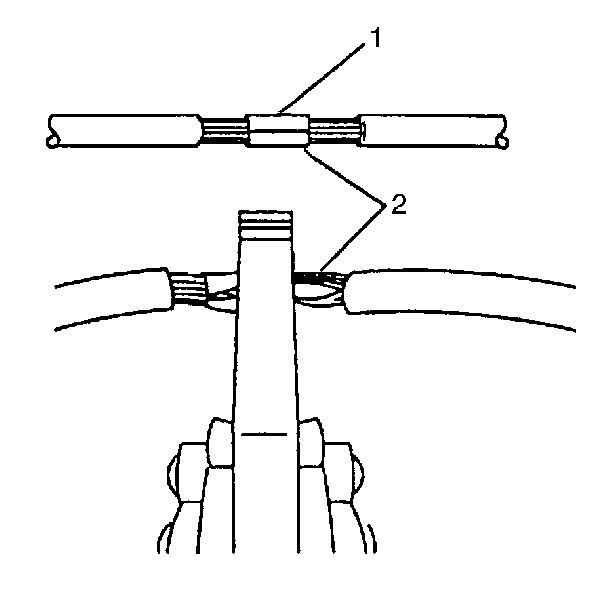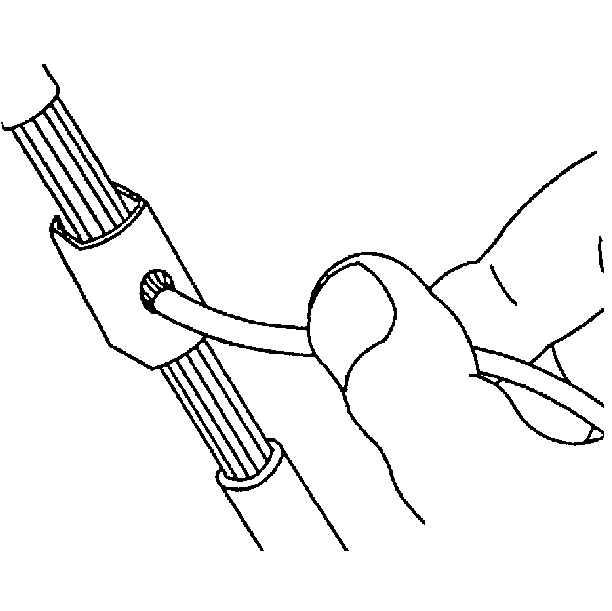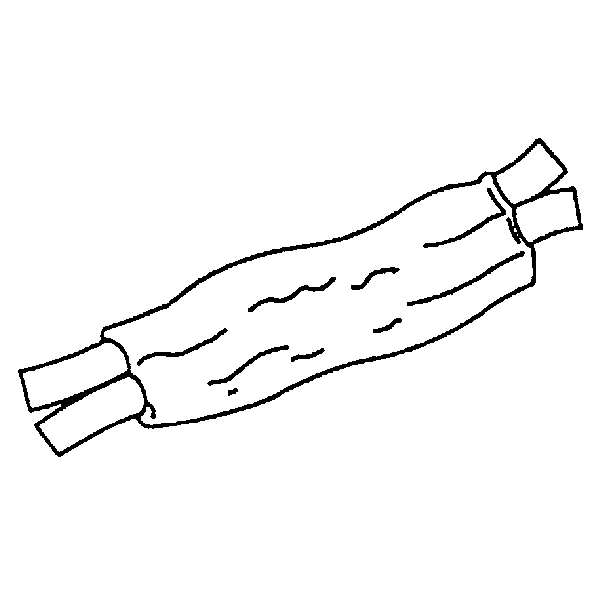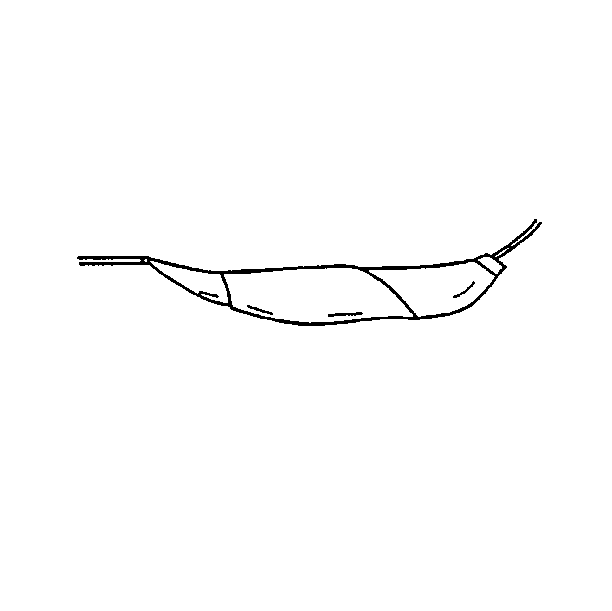For 1990-2009 cars only
Tools Required
J 38125 Terminal Repair Kit
- Open the harness.
- Cut the wire.
- Strip the insulation.
- Crimp the wires.
- Apply steady pressure until the crimp tool closes.
- Crimp the splice on each end.
- Apply 60/40 rosin core solder to the opening in the back of the clip. Use a winding motion in order to cover the first piece of tape. Follow the manufacturer's instructions for the solder equipment.
- Tape the splice. Roll on enough tape in order to duplicate the thickness of the insulation on the existing wires.
- You may tape the wire again if the wire does not belong in a conduit or another harness covering. Use a winding motion in order to cover the first piece of tape.
| • | If the harness is taped, remove the tape. |
| • | To avoid wiring insulation damage, use a sewing ripper in order to cut open the harness. |
| • | If the harness has a black plastic conduit, pull out the desired wire. |
| • | Cut as little wire off the harness as possible. |
| • | Ensure that each splice is at least 40 mm (1.5 in) away from other splices, harness branches, and connectors. This will help prevent moisture from bridging adjacent splices and causing damage. |
| • | Use wire of equal or greater size than the original. The wire's insulation must have the same or higher temperature rating. |
| • | You may use general purpose insulation for areas that are not subject to high temperatures. |
| • | Use a cross-linked polyethylene insulated wire for areas where high temperatures are expected. |
| - | You may use Cross-linked polyethylene wire to replace PVC, but you may not replace cross-linked polyethylene with PVC. |
| - | Cross-linked polyethylene wire is not fuel resistant. Do not use to replace wire where there is the possibility of fuel contact. |
| • | Select the correct size opening in the wire stripper or work down from the largest size. |
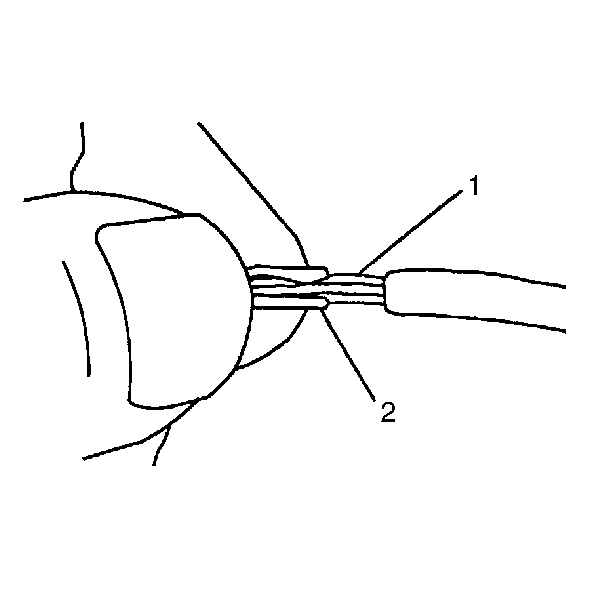
| • | Select the proper clip to secure the splice. Follow the instructions in the J 38125 kit in order to determine the proper clip size crimp tool and anvil. |
| • | Overlap the two stripped wire ends and hold them between your thumb and forefinger. |
| • | Center the splice clip under the stripped wires and hold it in place. |
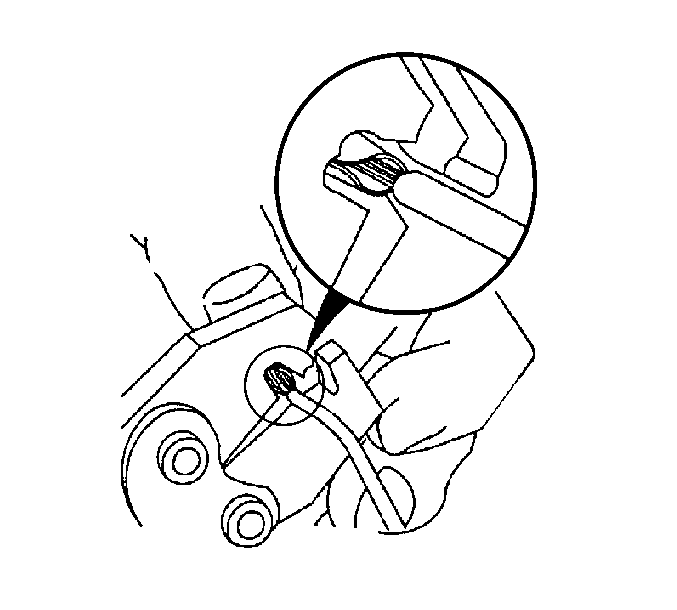
| • | Ensure that the wires extend beyond the clip in each direction. |
| • | Ensure that no strands of wire are cut loose. |
| • | Ensure that no insulation is caught under the clip. |
